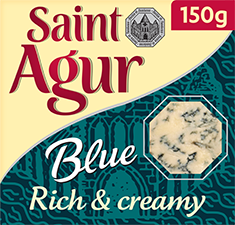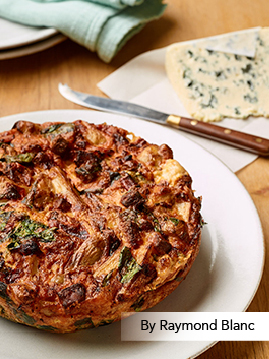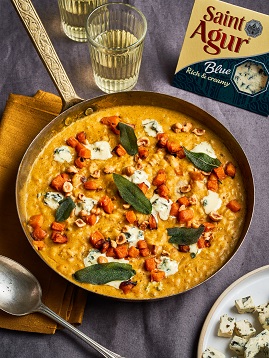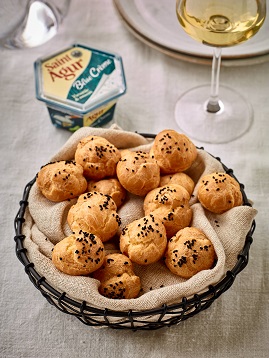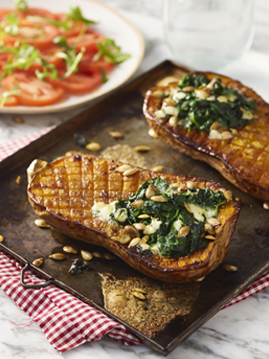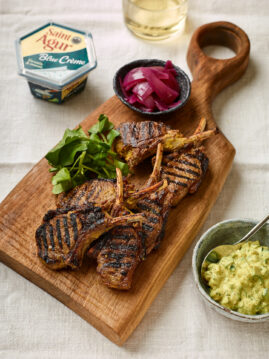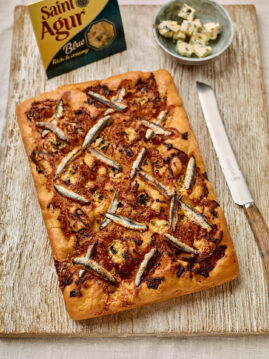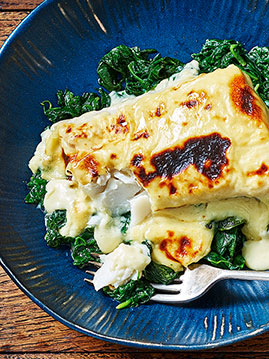For the SAINT AGUR® dressing
With a whisk, mix the SAINT AGUR® blue cheese and Chardonnay vinegar until smooth, then add the sour cream and cayenne pepper. Slowly whisk in the olive oil and water and mix until smooth. Taste and adjust the seasoning if necessary.
For the poached eggs
In a medium saucepan, on a high heat, bring the water, salt and vinegar to the boil. Crack each egg into its own individual small bowl. Carefully stir the boiling water with a spoon to create a small whirlpool. Gently tip each egg from its bowl into the centre of the swirling water. Turn the heat down to medium so the water is simmering and cook the eggs for 3-4 minutes (*2). With a slotted spoon, remove the eggs one at a time and drain onto a tray lined with kitchen paper. Season with sea salt and freshly ground black pepper.
For the asparagus
In a large pan of boiling salted water, cook the asparagus for 3 minutes, then immediately plunge them into cold water to stop the cooking process. Pat the spears dry with kitchen paper on a draining tray. Lay 5 asparagus spears side by side and secure them together with two skewers (thread them one at each end, avoiding the tips, so that the spears are kept straight). Repeat for the remaining asparagus. Heat a griddle pan on a high heat. Brush the asparagus lightly with the olive oil. When the griddle pan is hot, lay the asparagus flat and griddle for 90 seconds on each side to gain deep griddle marks. Turn the asparagus over using tongs and griddle for another 90 seconds. If necessary, do the griddling in batches; simply keep the asparagus warm while you cook the remaining asparagus.
To serve
Remove the grilled asparagus from the skewers and arrange five spears on each plate. Place the poached egg on top and spoon over the SAINT AGUR® dressing. Finish by sprinkling the toasted hazelnuts.
TIP (*1) The most important factor here is the freshness of the egg. The white of a fresh egg will remain close to the yolk when you are poaching it. White wine vinegar will also help to keep the egg together in the water as it helps to coagulate the protein structure of the egg.
TIP (*2) The trick for the perfect poached egg is to ‘just’ cook the white leaving the yolk runny. This is achieved with a very gentle heat… definitely not boiling!
